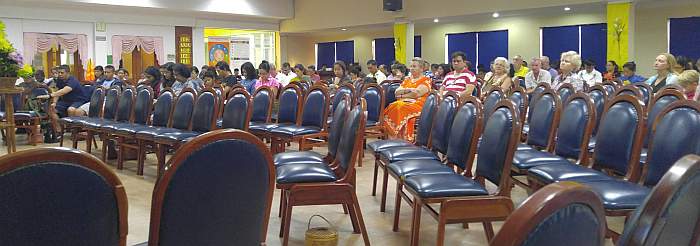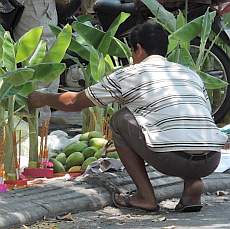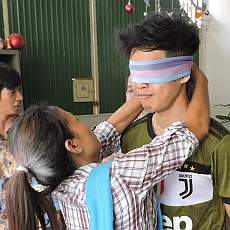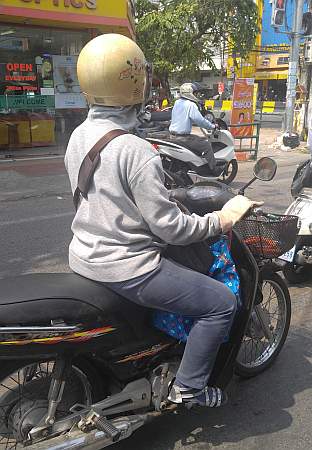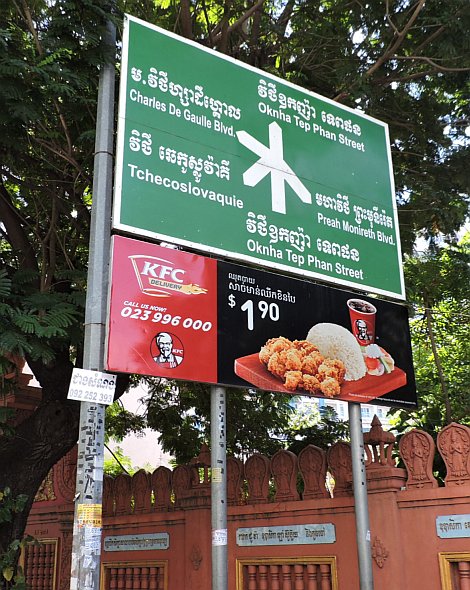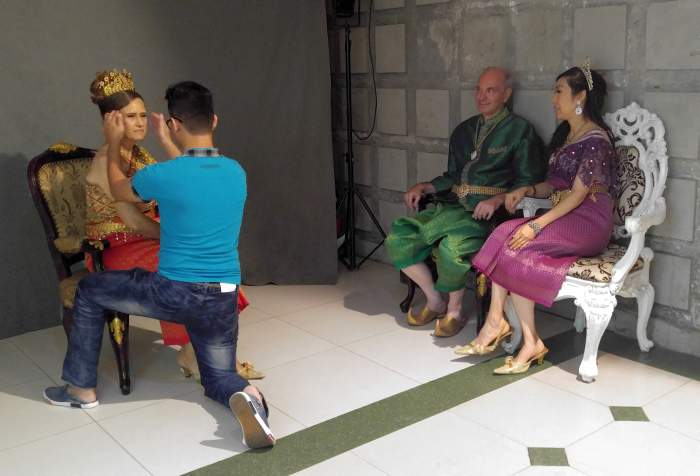
Occasionally, just for a lark, the Maryknoll Lay Missioners group in Cambodia goes for a “glam photo,” all of us westerners dressed up in traditional Khmer costumes. The photo shop crew takes individual shots of each person dressed in the color of his or her choice and then takes several group shots. Here a photographer adjusts Sami Scott’s head to get just the right angle while Russ Brine and Hang Tran wait their turn.

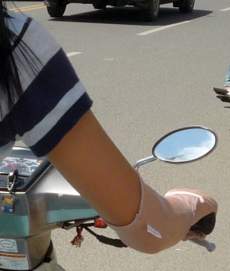
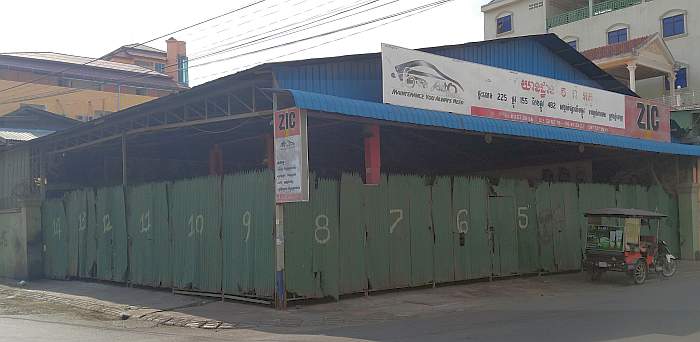
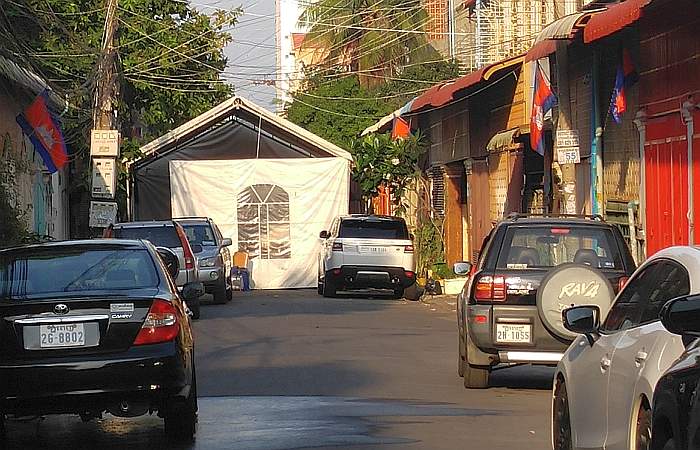
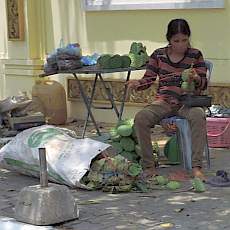 This new year celebration is not like most through the years because two of the three days fall on a weekend. In the past the government would give an extra day for that but they have abolished that practice. One aspect that is the same as previous years is the much emptied city. Here are
This new year celebration is not like most through the years because two of the three days fall on a weekend. In the past the government would give an extra day for that but they have abolished that practice. One aspect that is the same as previous years is the much emptied city. Here are 